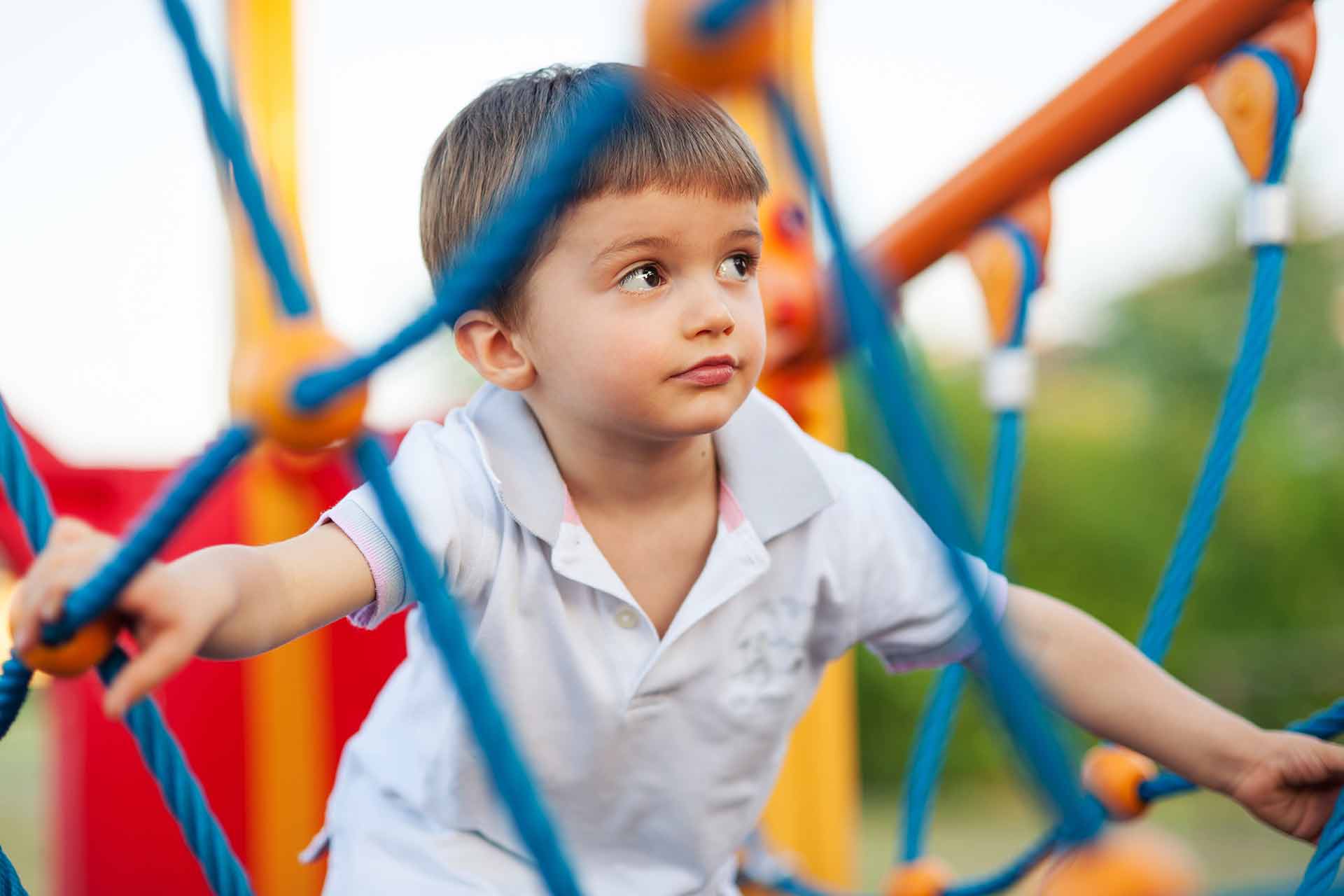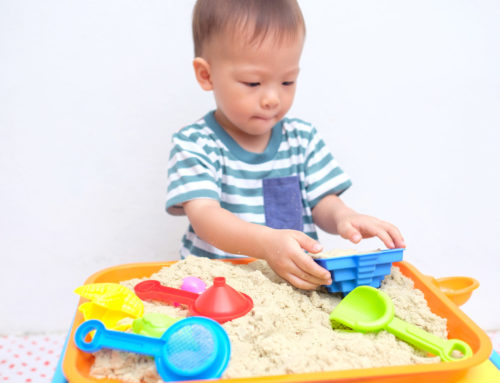The way your child learns, plays, and acts shows you important steps in development. All children grow and develop at their own rate. However, most follow a predictable skill path along the way. These skill paths are called developmental milestones; skills that most children can perform by a certain age. Refer to the checklist below to determine what milestones your child has completed by three years of age.
By three years most children:
Fine Motor (skills that require balance and movement of small muscle groups)
_ String several beads, or pasta tubes onto a string or shoelace.
_ Draw a circle after watching you draw one.
_ Draw a line from one side of the paper to the other and from top to bottom after watching you.
_ Hold a crayon with fingers and thumb like an adult.
Cognitive (memory, problem solving, thinking, and overall play)
_ Line up blocks to make a train after watching you.
_ Find a chair or something to stand on if they cannot reach an object.
_ Complete puzzles with four or five pieces.
_ Can turn over a book if it is handed to them upside down.
_ Play pretend with toys such as dolls, animals, or people.
Communication
_ Follow directions with two or three steps “Put your cup on the table and get your shoes.”
_ Say their first name or nickname when asked.
_ Say words like “I”, “me”, “you”, and uses some plurals (cats, shoes, dogs).
_ Have a conversation using at least three sentences.
_ Are understood most of the time.
Social-Emotional
_ Separate from a familiar person in a new environment for five minutes (can’t see parents).
_ Answer correctly when asked if they are a girl or a boy.
_ Take turns with adults and other children.
Gross Motor
_ Stand on one foot and balance for about one second.
_ Throw a ball overhand.
_ Jump forward with both feet together (like a bunny).
_ Walk up the stairs with alternating feet like an adult.
Self-Care
_ Eat independently with a fork, spoon, and open cup.
_ Use gestures or words to use the bathroom.
_ Go to the bathroom independently except for wiping.
_ Wash and dry hands independently.
_ Put on a coat, dress or t-shirt without help.
_ Undo shoelaces or large buttons.
Talk to your doctor or contact an early intervention program in your community if you notice any of the following signs of a developmental delay in your child three years of age:
_ Drools or is difficult to understand when talking.
_ Can’t work simple toys (peg boards, turning handles, simple puzzles).
_ Doesn’t speak in sentences or follow directions.
_ Doesn’t want to play with other children.
_ Loss of skills.
ASQ. Ages and Stages Questionnaires, Third Edition (ASQ – 3)
CDD. Centers for Disease Control <www.cdc.gov>
D’Eugenio, Diane and Rogers, Sally J. Early Intervention Developmental Profile (EIDP). 1981. University of Michigan.







